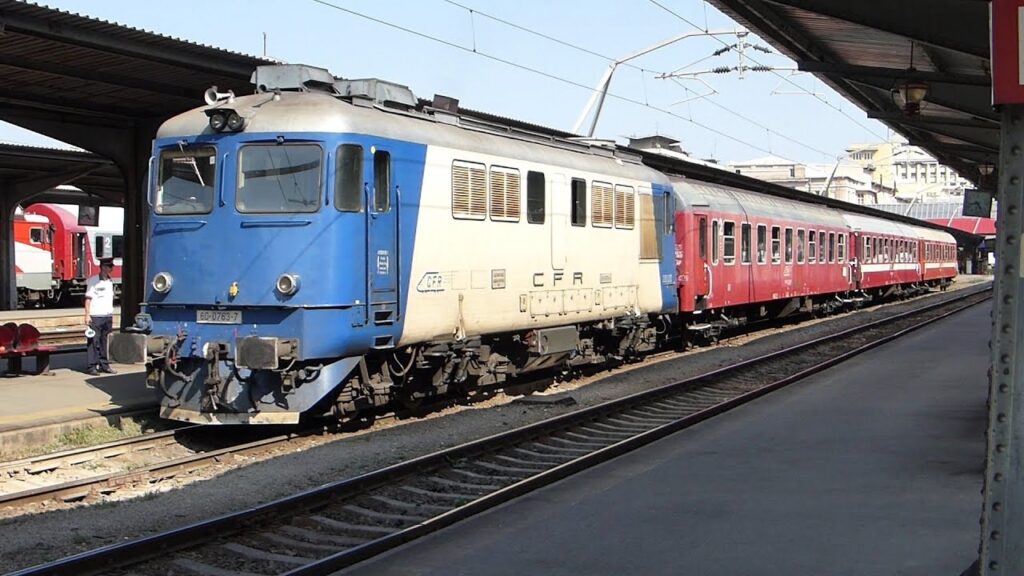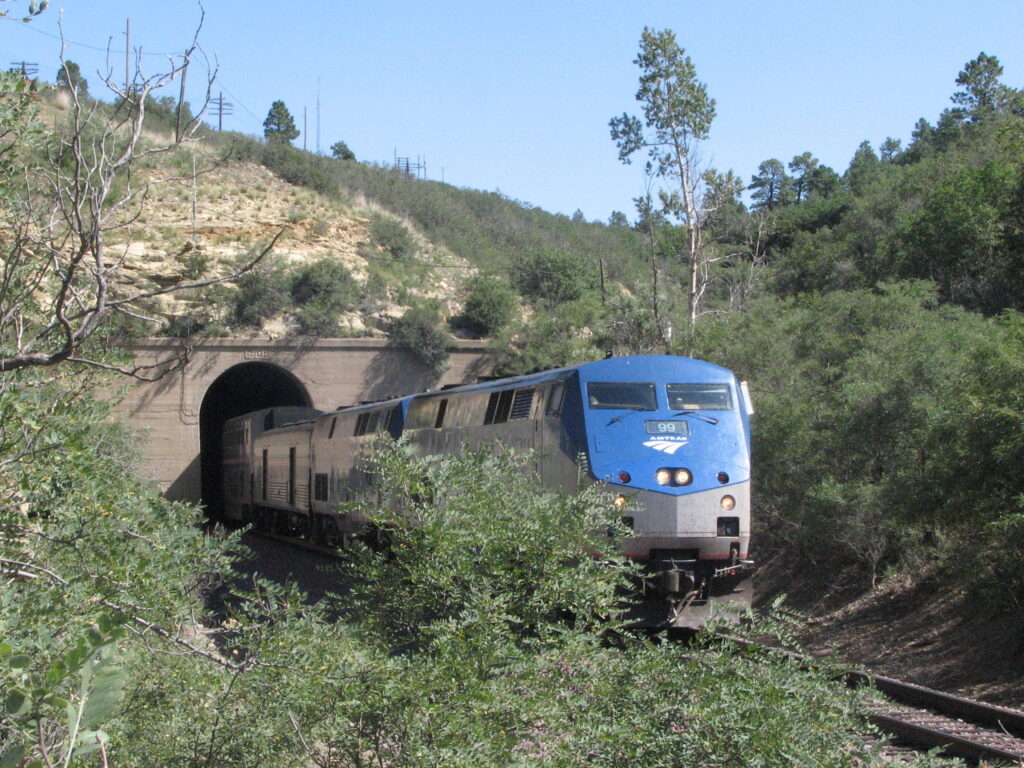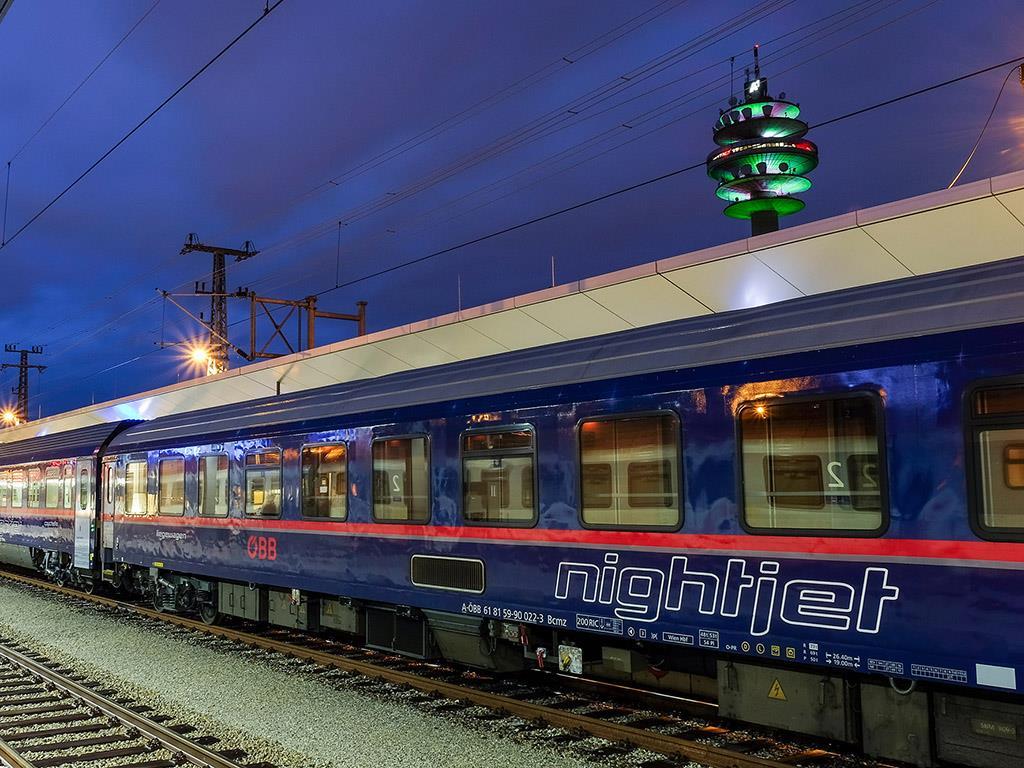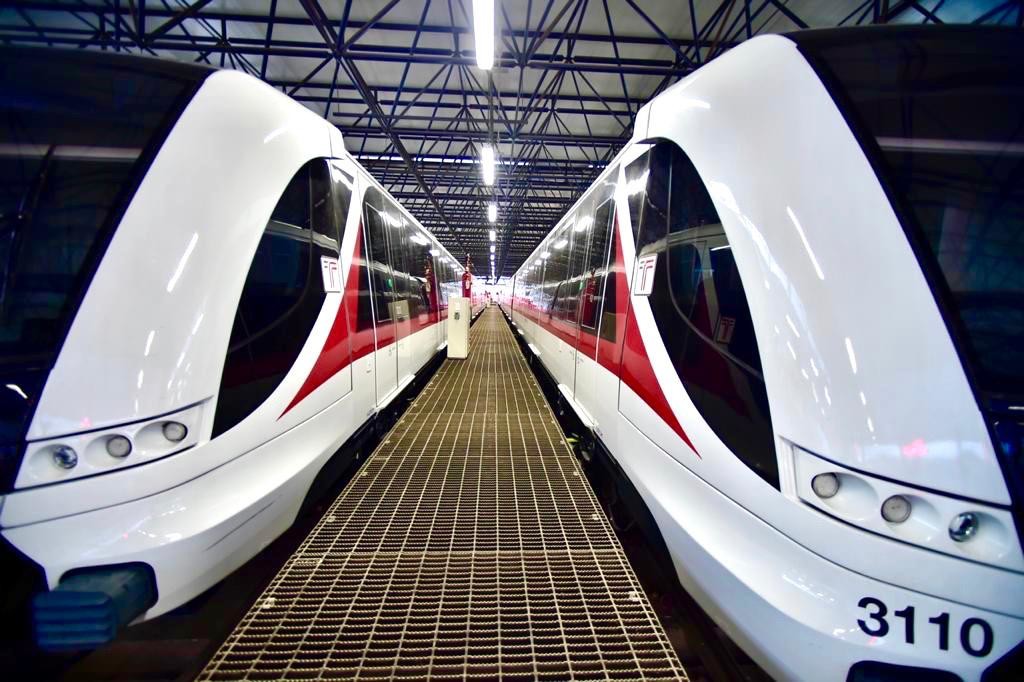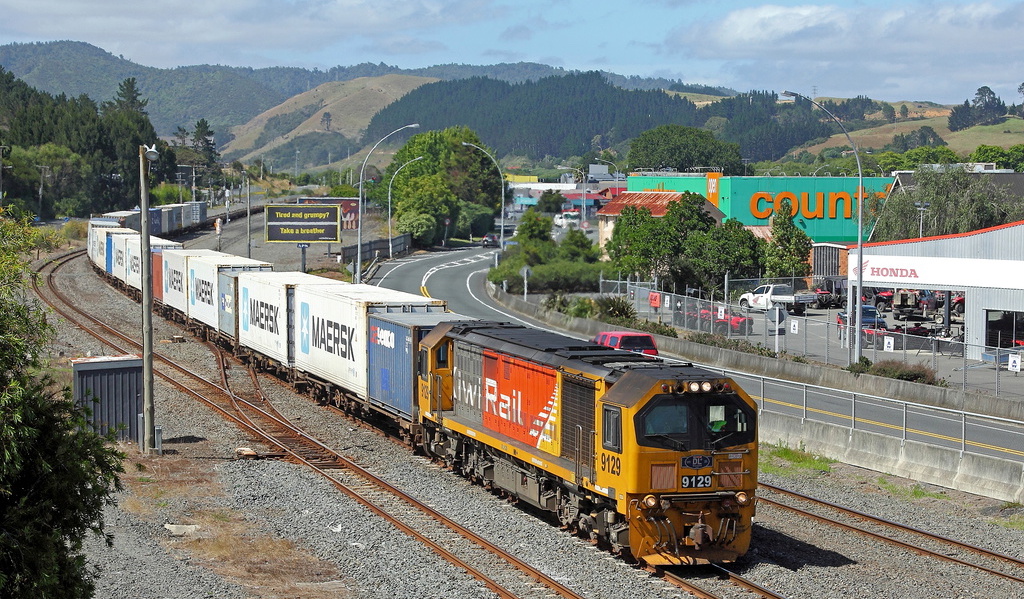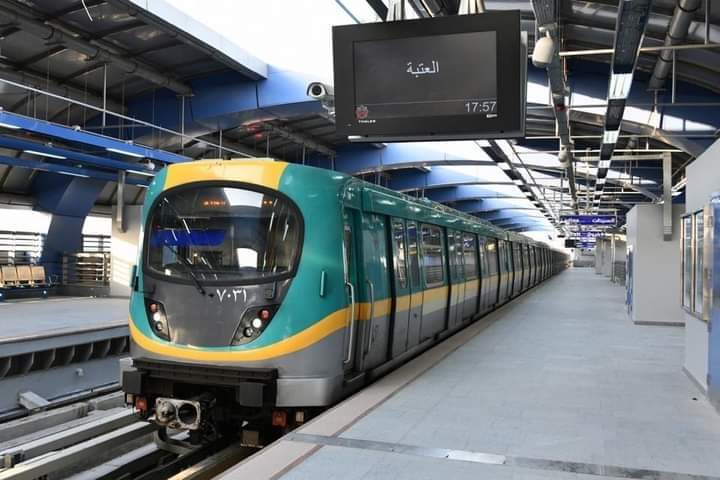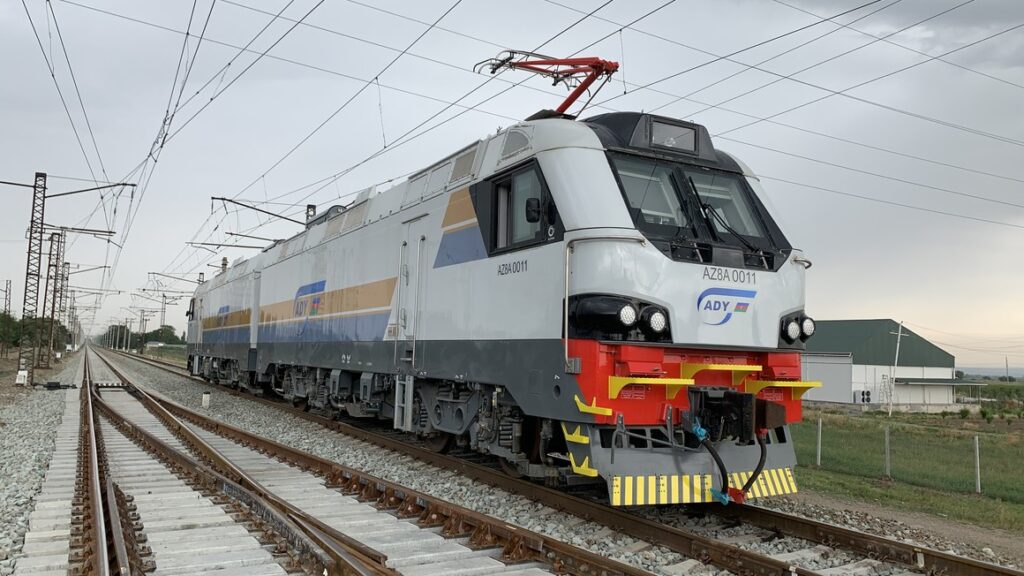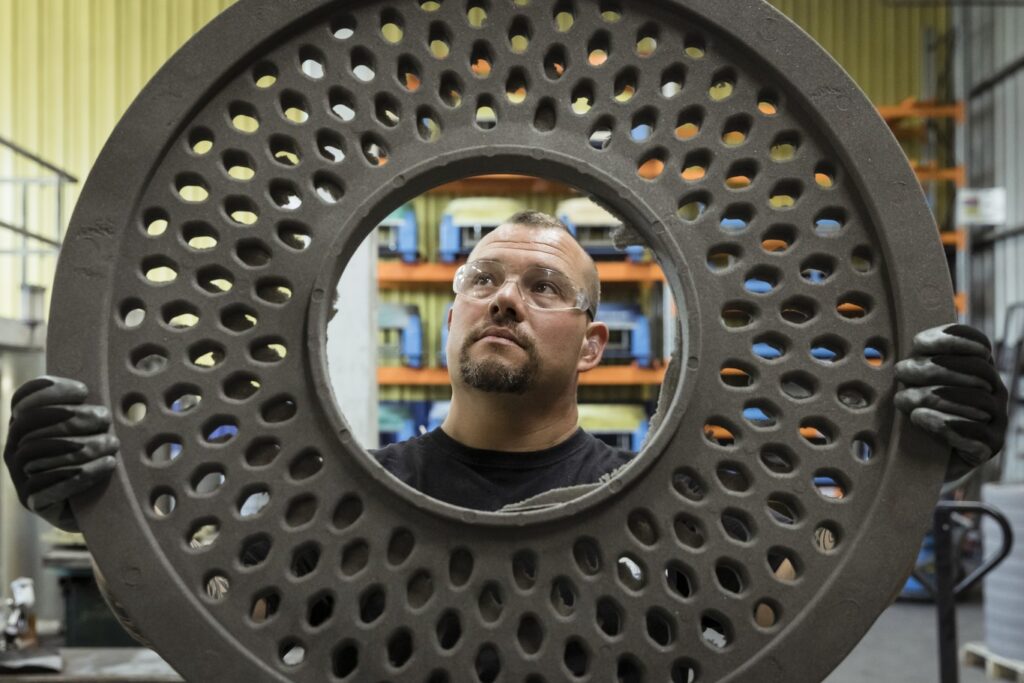Alstom to Provide Digital Train Control, Traffic Management and Electrification Infrastructure for the Rhine-Danube Rail Corridor
- Alstom project value: 70 million EUR - Travel time reduced to one hour on Sighisoara-Brasov section thanks to modernised infrastructure - Alstom working on 75% of the 450 km currently in rehabilitation on the…
